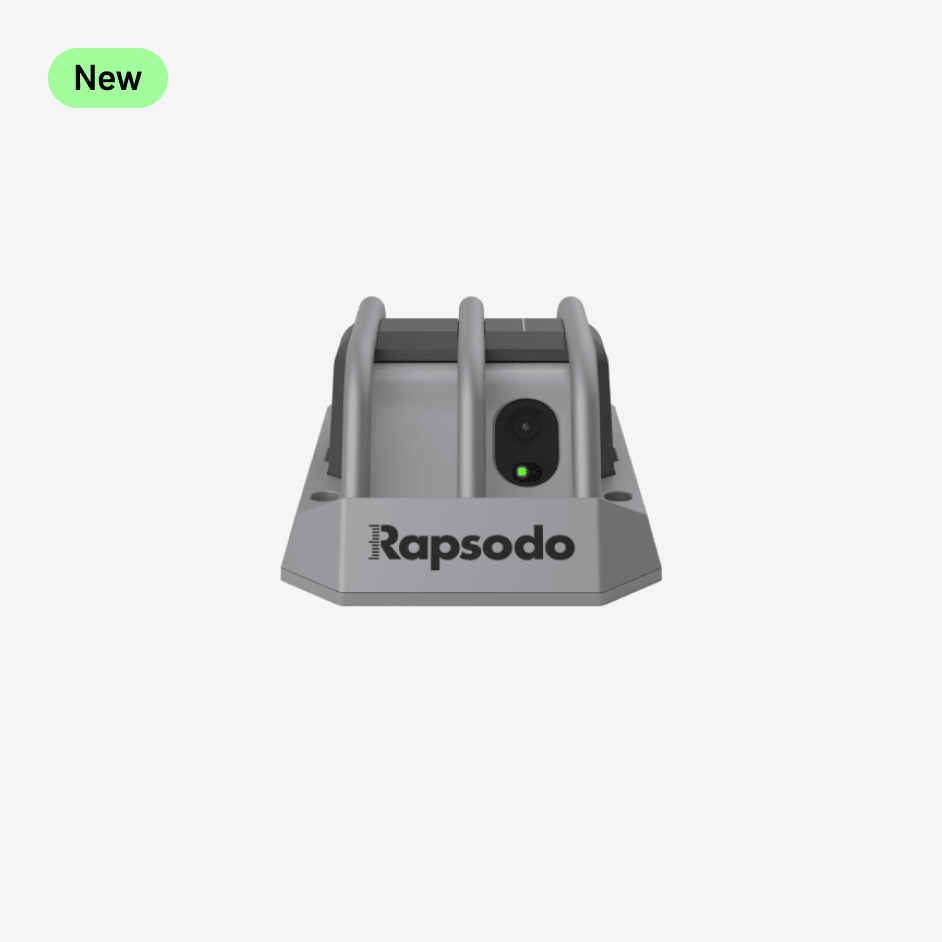Finding consistent success at the plate is one of the most complex and sought-after achievements for hitters. The key to unlocking that success? Data.
Developing and tracking a personalized hitting plan that leverages data points like exit velocity, launch angle, and spin rate is now essential to player development, for high school athletes to the pros.
And it’s not just about collecting numbers—it’s about turning that data into actionable insights that drive improvement.
This blog will walk you through the steps to building and tracking a data-driven plan, highlighting the specific metrics and concepts that should guide every hitter’s journey.

Step 1: Establish a Baseline
Before you can develop a plan, you need to know where you stand. Establishing a data-driven baseline is crucial because it provides a snapshot of your current performance. Think of it as a starting point—an unvarnished look at what you do well and where you need improvement.
A great place to start is our Hitting Averages by Age Guide.
To set a baseline, focus on a few core metrics:
Exit Velocity: This measures the speed of the ball off the bat. The league average in MLB for 2023 was 88.4 mph, but elite hitters often average well over 90 mph. Tracking your exit velocity can help you understand the power behind your swings.
Launch Angle: The average launch angle in MLB was 12.3 degrees in 2023, but optimizing this for each player depends on their goals. For instance, sluggers like Kyle Schwarber have an average launch angle of 18.4 degrees, favoring home runs, while contact hitters stay within a lower range.
Spin Rate and Spin Direction: These numbers tell you how the ball behaves after contact. Is there backspin to carry the ball deeper into the outfield, or topspin that might cause it to dive? Establishing your tendencies here will help in creating a swing that consistently produces the desired outcomes.
Collect data over a set period—whether that’s through multiple rounds of batting practice or a series of games—to ensure accuracy and reduce outliers. This creates your baseline, the foundation of your plan.
Step 2: Define Your Goals
Once you have a clear idea of where you are, it’s time to determine where you want to go. This step involves setting specific, measurable goals that align with your desired outcomes as a hitter.
For instance:
- Increase average exit velocity from 85 mph to 90 mph over the next six months
- Improve average launch angle from 10 degrees to 15 degrees to produce more line drives and extra-base hits
- Maintain backspin rates between 1,500 and 2,000 RPM to maximize carry on fly balls

Your goals should be rooted in both data and context. If you’re a power hitter, you’ll want to emphasize exit velocity and launch angle, aiming to create the right mix for more extra-base hits. If you’re a contact hitter, your focus might be on optimizing line-drive contact and maximizing your average exit velocity on balls hit between 5 and 15 degrees.
A good example is Freddie Freeman—known for his ability to hit for both power and average—consistently focuses on producing line drives with a launch angle of around 12-14 degrees.
In 2023, he recorded 31 home runs and a league-leading 59 doubles, thanks in part to his consistent swing profile, which he fine-tuned using data to match his objectives as a hitter.
Step 3: Develop a Data-Driven Plan
With your baseline and goals in place, the next step is to create a personalized plan based on data. This is where technology like Rapsodo comes in, offering real-time feedback that allows hitters to adjust and refine their mechanics.
For example, if you want to increase exit velocity, your plan might focus on refining your mechanics to maximize energy transfer at contact. This could involve drills that emphasize better timing, stronger barrel-to-ball connections, and improved bat speed. By tracking your exit velocity over time and making adjustments to your swing, you’ll be able to monitor your progress and ensure that you’re on the right track.
Similarly, if your goal is to adjust your launch angle, coaches can develop a series of drills focused on swing path adjustments, like working on hitting with a slightly upward trajectory or avoiding hitting too much under the ball.
During this phase, continuous data collection is crucial. Hitting coaches and athletes should review numbers from every session, ensuring that changes are leading to progress. If exit velocity stalls or launch angles fall out of the desired range, adjustments must be made on the fly.
Step 4: Track Your Progress
The final step is tracking your progress over time. Developing a personalized plan is only half the battle—you need to monitor your performance to make sure you’re consistently improving. This involves regularly reviewing your core metrics—exit velocity, launch angle, spin rate—and comparing them to your baseline and goals.

For instance, if you set a goal of increasing your average exit velocity by 5 mph over a six-month period, you should track that metric at least weekly. This allows you to see trends in your performance and adjust your training plan accordingly.
By comparing current data to past performance, players can also spot inconsistencies or areas where they might be regressing. In some cases, data might show that certain adjustments aren’t working, prompting a return to previous mechanics or further refinements to the plan.
In MLB, players like Mookie Betts are famous for their use of data to refine their approach. Betts has long been a master of incremental improvement, using data to gradually improve his exit velocity, launch angle, and plate discipline, resulting in his MVP-caliber seasons.
Conclusion: Building Success with Data
The path to becoming a successful hitter is now more data-driven than ever. By establishing a baseline, setting clear goals, developing a plan, and tracking your progress, you can create a personalized roadmap to hitting success.
Remember, it’s not just about hitting the ball harder—it’s about using data to make smarter decisions, refine your mechanics, and ultimately become a more complete hitter.
Ready to add Rapsodo Baseball to your player development program? Email playerdevelopment@rapsodo.com and let our team walk you through a free demo!













